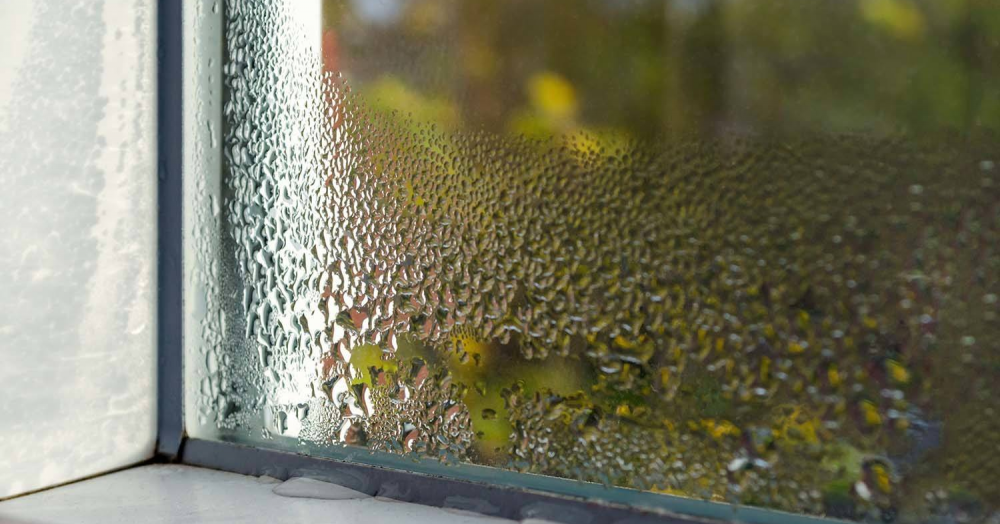Dampness, condensation and mould are a common problem, especially in older properties, and therefore a common complaint for tenants. In this article, landlords can find out more about what damage damp and mould can do, how to prevent it, and whose responsibility it is to deal with it.
What is damp?
Damp is the presence of excess moisture in a property. A common cause of damp is condensation. It usually materialises as black spot mould on the walls, or the surface of the wall will feel damp and cold. There are different types of damp:
- rising damp, which is caused by ground water penetrating up through a floor or wall;
- penetrating damp, which is caused by water leaking through walls, often as a result of structural flaws in the property.
What is mould?
Mould is also caused by excess moisture. If the property has too much moisture due to lack of ventilation, then there is always potential for mould to form. Mould can be caused by condensation, leaking pipes, a leaking roof, flooding, and just poor ventilation. Mould is an environmental issue, not a structural one.
What damage can damp and mould do?
Damp and mould in a property can have a negative impact on our health and can exacerbate certain medical conditions. It may prove detrimental to a tenant if they suffer from a pre-existing respiratory problem, asthma or allergies.
Damp and mould can also cause damage to the property itself. For example, damp can cause paint or plasterwork to deteriorate, while wallpaper can become loose and external masonry or render may crack or crumble. Mould can produce black spots on walls or ceilings, and leave stain marks. Surface mould is more superficial, but it is a sign that there is too much moisture in the building, and it should be dealt with.
What can be done to prevent it?
The best approach is to do everything possible to prevent condensation, mould or damp from forming in the first place. To do this, make sure the property is well-insulated so that during the colder months, condensation does not have the opportunity to form. Double glazing, external wall insulation, a good heating system and adequate ventilation throughout the property are all vital to preventing damp and mould.
Who is responsible for dealing with it?
It depends what is written in the tenancy agreement. A landlord is duty bound to carry out repairs when necessary and ensure the property is fit for habitation while a tenant is living there. If something falls into a state of disrepair and this is responsible for the development of condensation, mould or damp, then it is the landlord’s responsibility to deal with it. However, the landlord must be notified of mould or damp, as they are only responsible for repairing a problem when they know about it.
It is always in the landlord’s best interests to deal with issues like mould or damp, as the property must be fit to live in and mould or damp, if not dealt with, can constitute a health hazard.
Tips for tenants via their landlords
As a landlord, you can offer advice to your tenants on the lifestyle choices they can make to help minimise the potential for mould and damp. It might be that something they are doing in the property, such as drying wet clothes on a heater or disabling a bathroom fan, is actually causing or exacerbating the issue. Tenants might not always be aware of how such actions can contribute to this problem, so explain to them the importance of adequate heating and ventilation throughout the property.
If you’re a landlord and need more information or advice, or would like a free lettings valuation, get in touch today.
